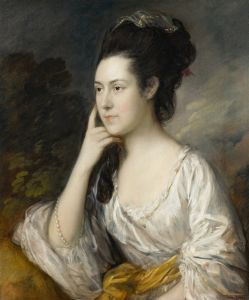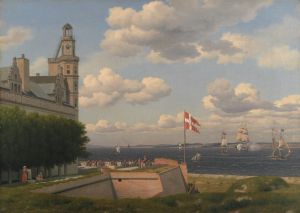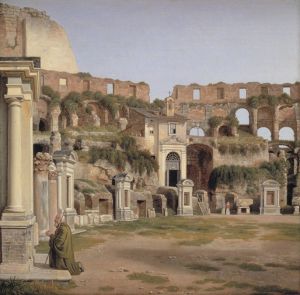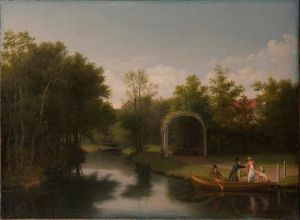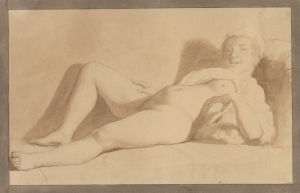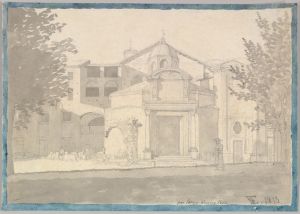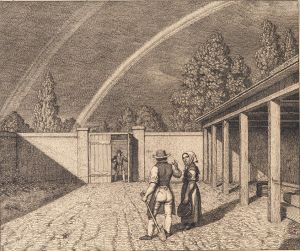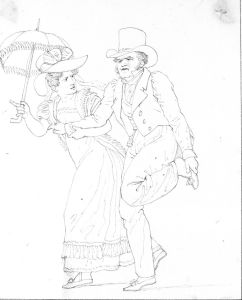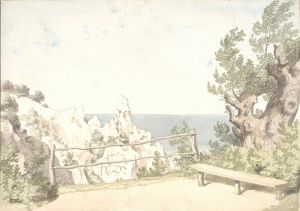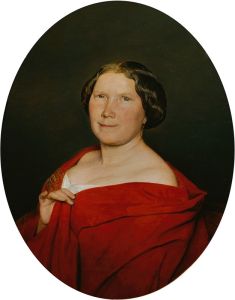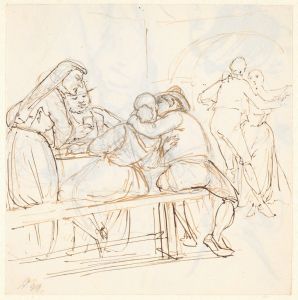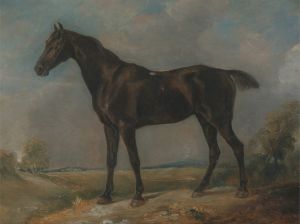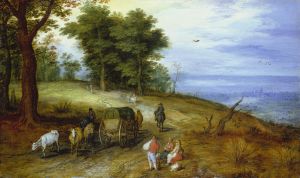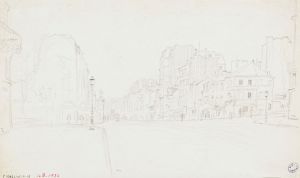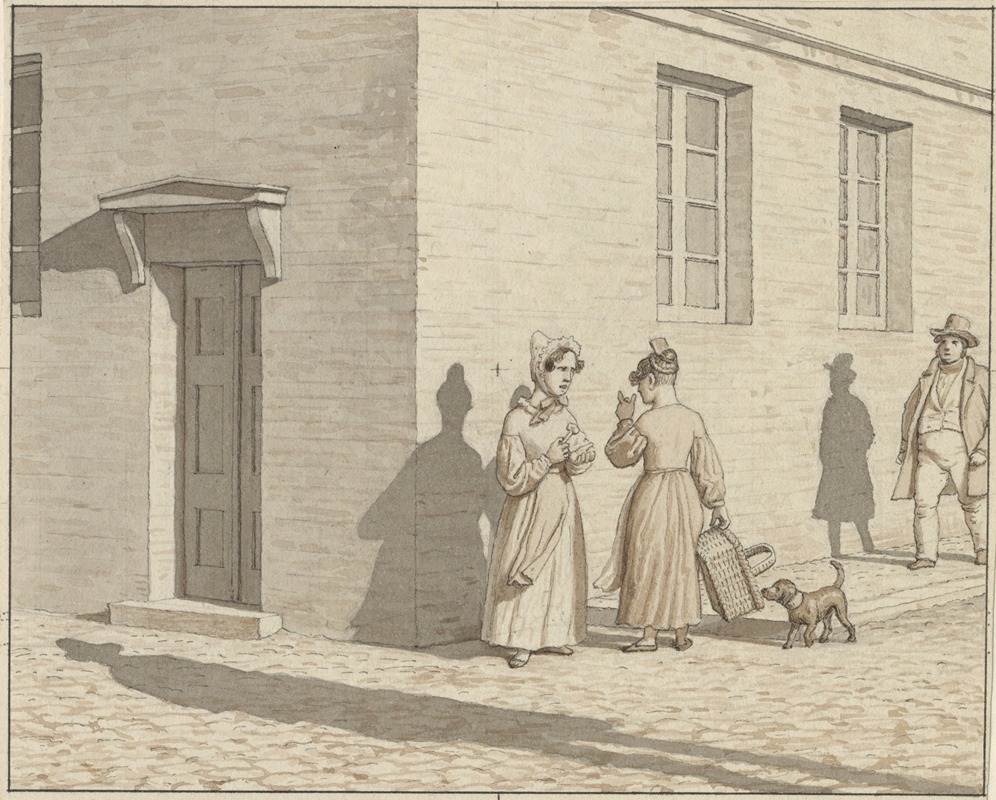
Linearperspectiven, anvendt paa Malerkunsten – Tavle VII,1 – Et møde på et gadehjørne
A hand-painted replica of Christoffer Wilhelm Eckersberg’s masterpiece Linearperspectiven, anvendt paa Malerkunsten – Tavle VII,1 – Et møde på et gadehjørne, meticulously crafted by professional artists to capture the true essence of the original. Each piece is created with museum-quality canvas and rare mineral pigments, carefully painted by experienced artists with delicate brushstrokes and rich, layered colors to perfectly recreate the texture of the original artwork. Unlike machine-printed reproductions, this hand-painted version brings the painting to life, infused with the artist’s emotions and skill in every stroke. Whether for personal collection or home decoration, it instantly elevates the artistic atmosphere of any space.
Christoffer Wilhelm Eckersberg, often referred to as the "father of Danish painting," was a prominent figure in the Danish Golden Age of art. His work, "Linearperspectiven, anvendt paa Malerkunsten – Tavle VII,1 – Et møde på et gadehjørne," is a testament to his mastery of perspective and his dedication to the principles of classical art.
Eckersberg was born in 1783 in Blåkrog, Denmark, and he studied at the Royal Danish Academy of Fine Arts in Copenhagen. He further honed his skills in Paris under the tutelage of Jacques-Louis David, a leading French neoclassical painter. This education deeply influenced Eckersberg's style, which is characterized by clarity, precision, and a strong emphasis on linear perspective.
"Linearperspectiven, anvendt paa Malerkunsten – Tavle VII,1 – Et møde på et gadehjørne" translates to "Linear Perspective, Applied to the Art of Painting – Plate VII,1 – A Meeting at a Street Corner." This work is part of a series that Eckersberg created to explore and demonstrate the use of linear perspective in painting. Linear perspective is a mathematical system used to create the illusion of depth and space on a flat surface, and it was a crucial element in the development of Western art during the Renaissance.
In this particular piece, Eckersberg illustrates a scene at a street corner, capturing the interaction between figures and their environment with meticulous attention to detail. The composition is carefully constructed to guide the viewer's eye through the scene, emphasizing the spatial relationships between the figures and the architectural elements. This approach reflects Eckersberg's commitment to realism and his belief in the importance of perspective as a tool for achieving it.
Eckersberg's work in perspective was not only an artistic endeavor but also an educational one. He was a professor at the Royal Danish Academy of Fine Arts, where he taught perspective and other foundational techniques to a generation of Danish artists. His teachings and writings on perspective were influential in shaping the curriculum at the academy and contributed to the development of a distinct Danish style of painting.
The painting "Et møde på et gadehjørne" is a fine example of Eckersberg's ability to blend technical skill with narrative content. The figures in the painting are depicted with a sense of individuality and character, engaging in a moment of everyday life. This focus on the mundane, yet significant, aspects of human interaction is a hallmark of Eckersberg's work and the Danish Golden Age more broadly.
Eckersberg's contributions to art extended beyond his own paintings. He played a pivotal role in the careers of many younger artists, including notable figures such as Wilhelm Bendz and Christen Købke, who were part of his circle. His influence is evident in their works, which also exhibit a keen understanding of perspective and a dedication to realism.
In summary, "Linearperspectiven, anvendt paa Malerkunsten – Tavle VII,1 – Et møde på et gadehjørne" is a significant work that showcases Christoffer Wilhelm Eckersberg's expertise in linear perspective and his impact on Danish art. Through his paintings and teachings, Eckersberg left an indelible mark on the art world, fostering a tradition of precision and realism that continued to inspire artists long after his time.





